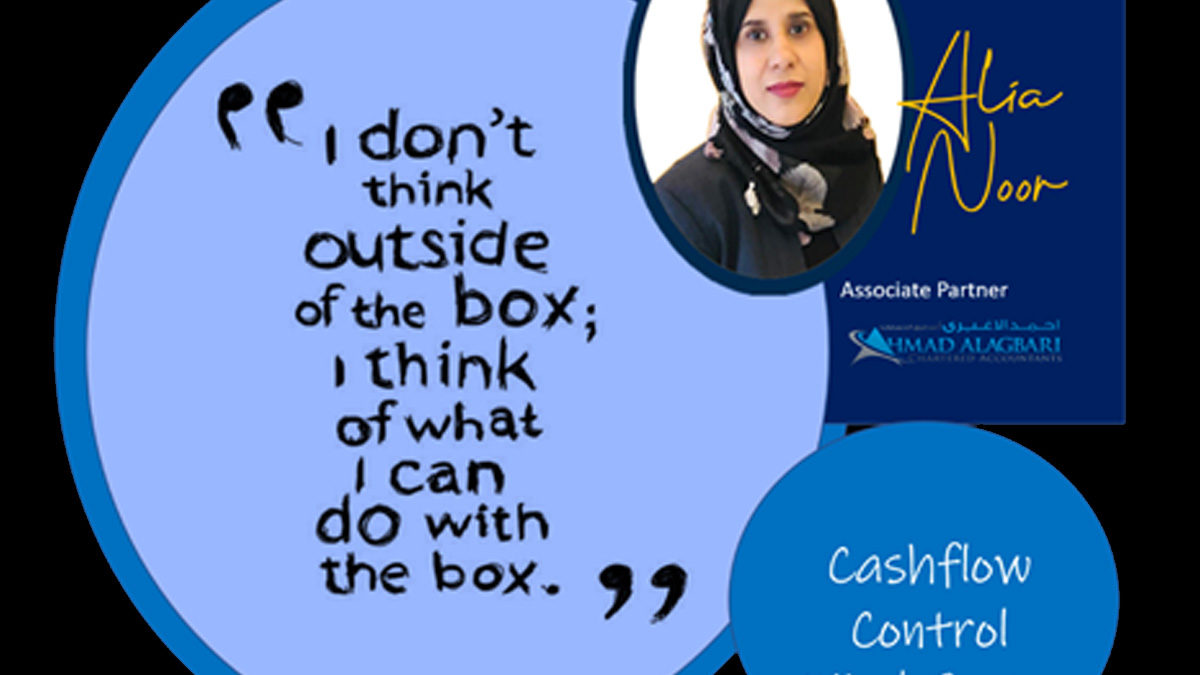The biggest killer of any business is that it runs out of money. Not even for lack of a good product, but lack of cash flow.
“Revenue is vanity, profit is sanity, but cash is king.”
When getting cash flow under control lot of obstacles are seen such as, a lot of profit with overdrawn bank accounts, late fees, high bank fees, high past due, accounts receivable (A/R), high past due accounts payable (A/P).
And if you drill down in more in-depth you will find inaccuracies such as,
- A/R accounts showing the company owed the client money
- A/P accounts showing the vendor owed money to the company
- Balances that should change over time were exactly the same from year-to-year
- Accounts not reconciled for months (and one not reconciled for 3 years!)
“Cash flow management is “MIND GAME” Starts with the End in Mind”
You have to Start with bottom line, that is before getting cash flow under control and setting up a cash flow management system- clean up the dirty bookkeeping.
Start questioning yourself like;
- Are you trying to grow? How much?
- Are you trying to survive? What does survival look like?
Maybe the biggest question is:
- What does the new normal look like for you and your company?
- Do you have any idea what your cash position will be going into Q3? Even if you receive funds from the government or a new line of credit from a lender,
Once you answer the questions about what you want your future to look like, it’s relatively easy to model your businesses, and your cash flow.
Let’s start with level one
LEVEL ONE
Deal with numbers, the pluses, and minuses
Make reasonable assumptions, and then adjust your model as your business moves forward.
Think about how to extend your cash as long as possible. This includes:
- Creating multiple scenarios: Worst case, expected, upside
- Cash spending priorities
- Activities to pivot your business, what they will cost and the new expected revenue
How to Forecast the cash you will receive for next week or quarters.
Answer: You don’t know. You never did. You never will.
But you can use the facts you know, then make updates as your best information changes.
It could be every day, or multiple times a day.
Here are some suggestions on forecasting cash revenue:
- If you have clients that are paying you and you believe they will continue paying, forecast payments using historical patterns. Forecast a percentage of past receipts if you have doubts.
- Don’t ask your salespeople. They will be overly optimistic
- Look at what has happened for the past 3-4 weeks. Is there are reason to think your cash received will go up or down? Either way, add it to the forecast.
- Start showing increases when you think things will improve
How long do you have before you run out of cash ?
Use your best assumptions.
How long? A week? A month? A year?
- The answer can literally change overnight or in a few hours.
- Adjusting the timing of your expenditures
- Eliminating some expenses
- Assume zero in additional income.
- Next take some time to create a “what if” scenario that includes addition income, and the associated additional expenses.
HARD LEVEL
MANAGEMENT of your cash flow.
Once you have gone through the level one, here are some cash flow management activities that take emotional intelligence and clear thinking to get right:
- You need to have Confidence in projections
- Have good relationships and open communications with vendors
- Creative solutions for bringing cash in faster
- Think of Ideas to pay vendors later
- Work with all stake holders (employees, vendors, creditors, etc.)
“Think like a CFO, across the organization.
Think beyond your four walls.”
To think like a CFO, here are few targets to “start with end in mind”
- Have a robust framework for managing supply chain risk
- Ensure your own financing remains viable
- Focus on the cash-to-cash conversion cycle
- Revisit your variable costs
- Revisit capital investment plans
- Focus on inventory management
- Extend payables, intelligently
- Manage and expedite receivables
- Consider alternative supply chain financing options
- Audit payables and receivables transactions
- Understand your business interruption insurance
- Consider alternative or non-traditional revenue streams
- Convert fixed to variable costs, where possible
“Never take your eyes off the cash flow because it’s the lifeblood of business.”
—Sir Richard Branson, business magnate, investor
- Moral Courage & Internal Auditors - July 8, 2020
- Fraud Risk Management (FRM) Instructions - July 8, 2020
- Seven disagreements that fueled tax clashes through the ages - July 8, 2020


Stay connected